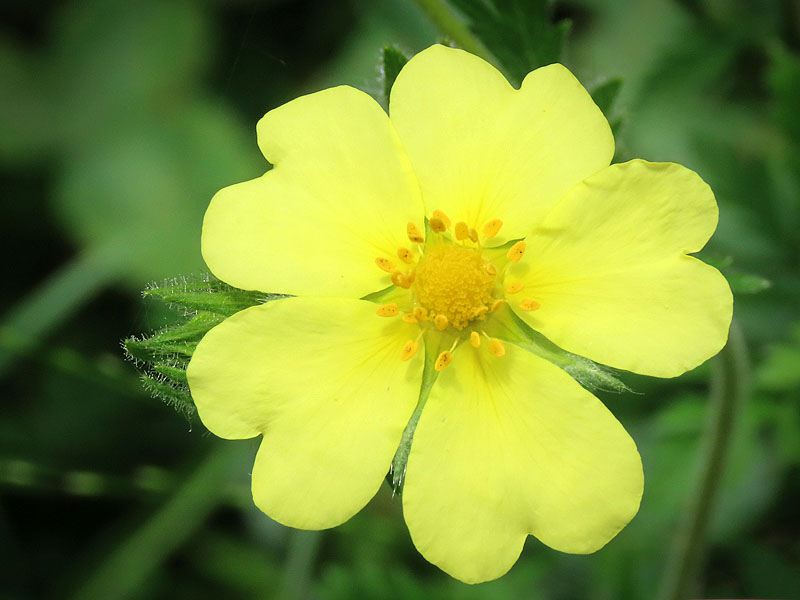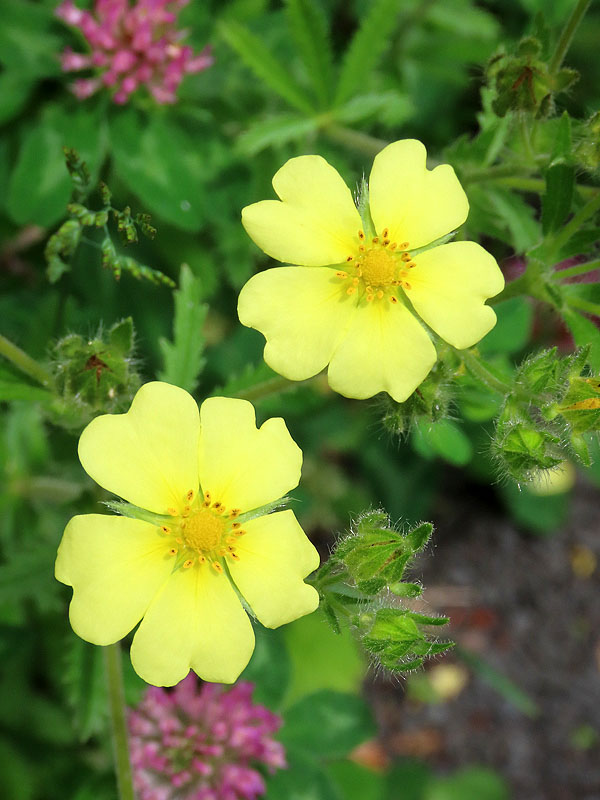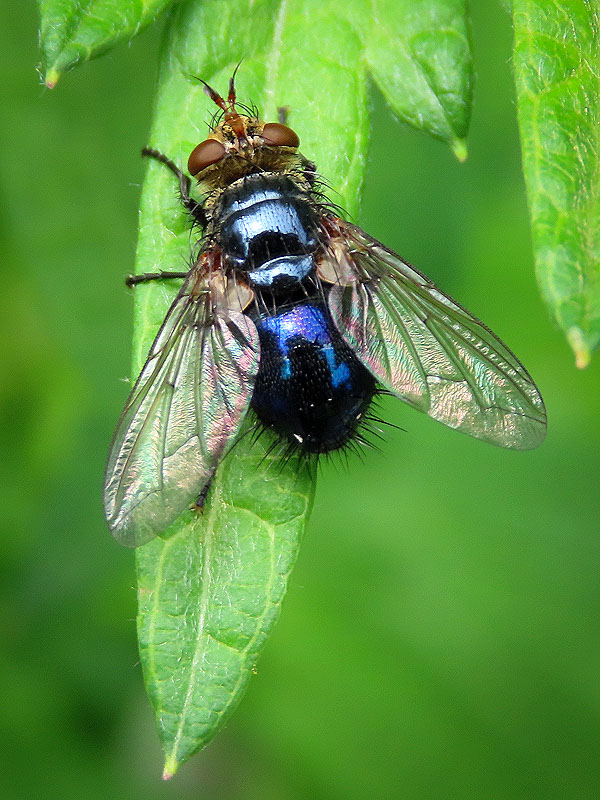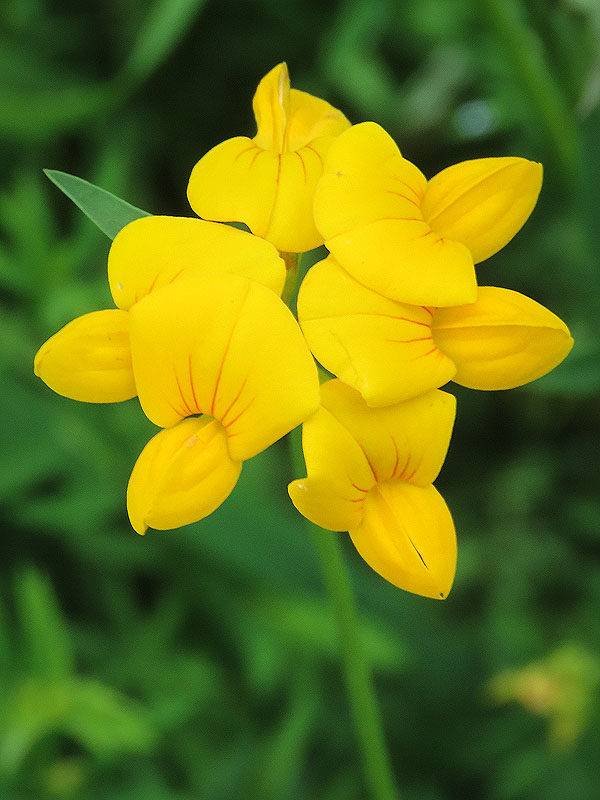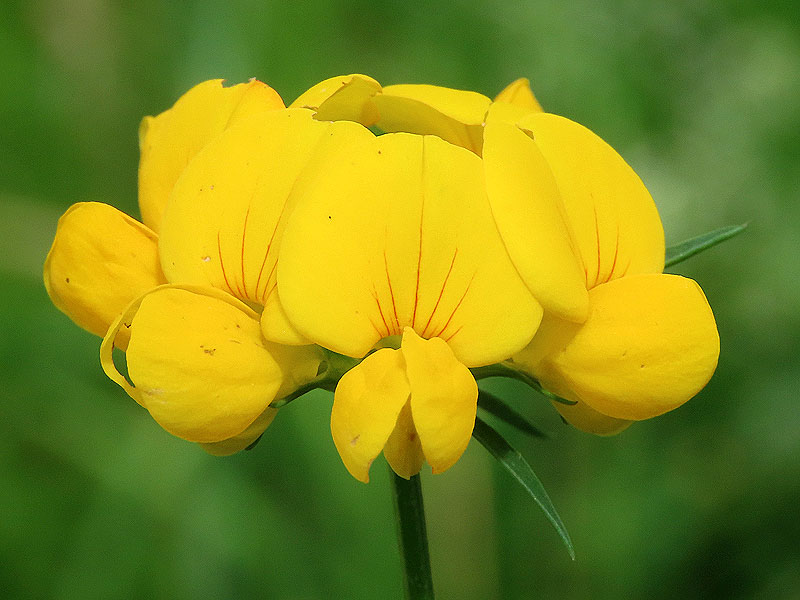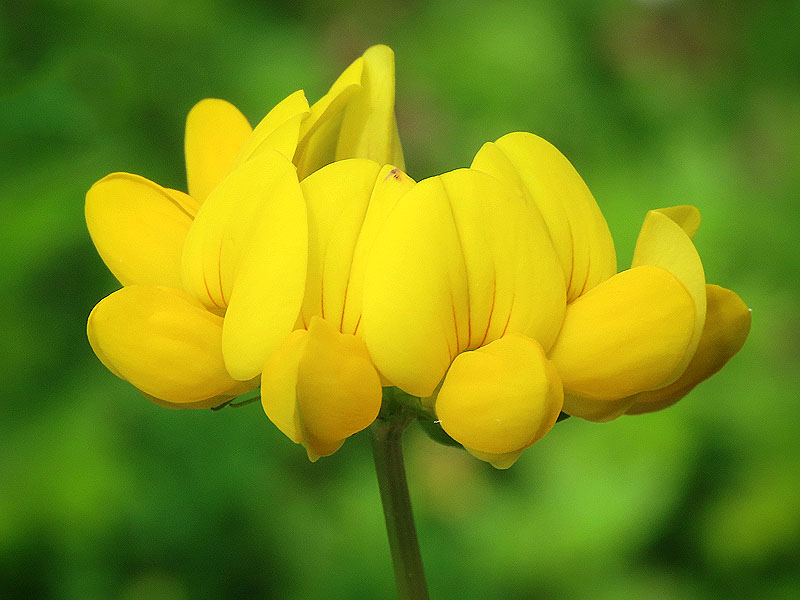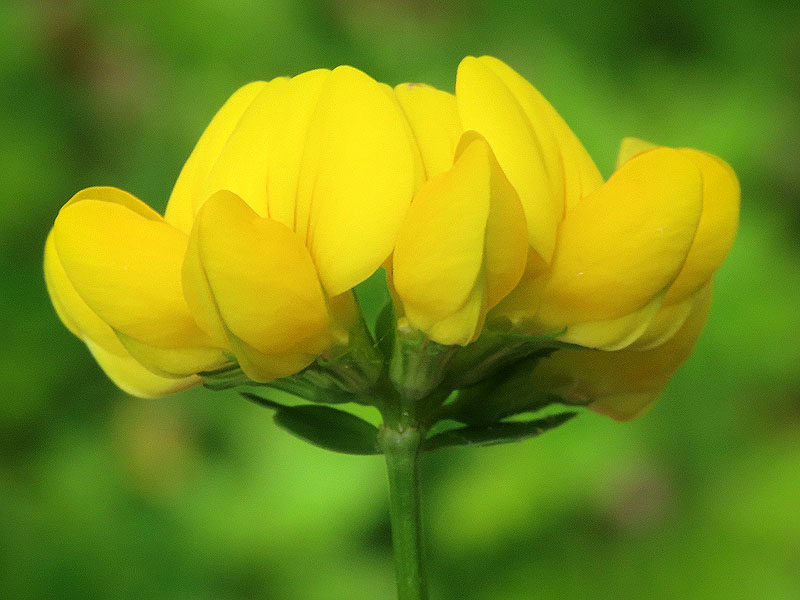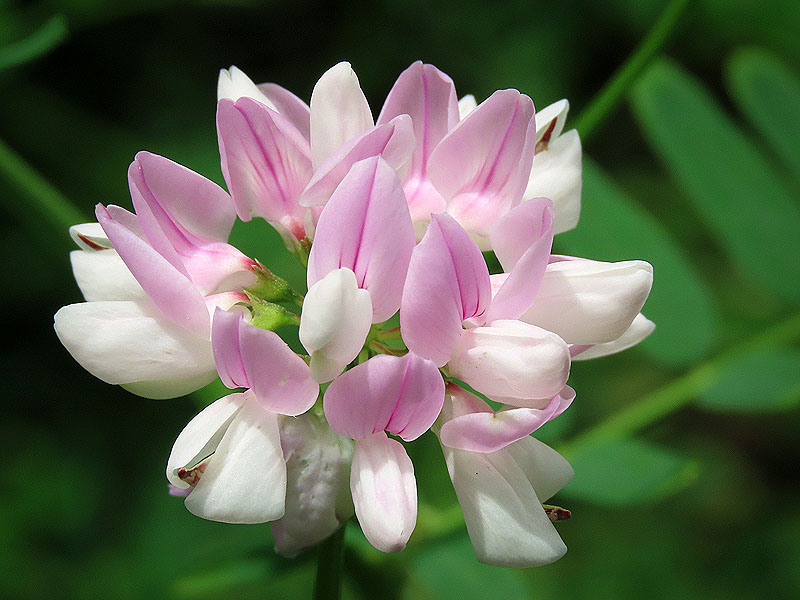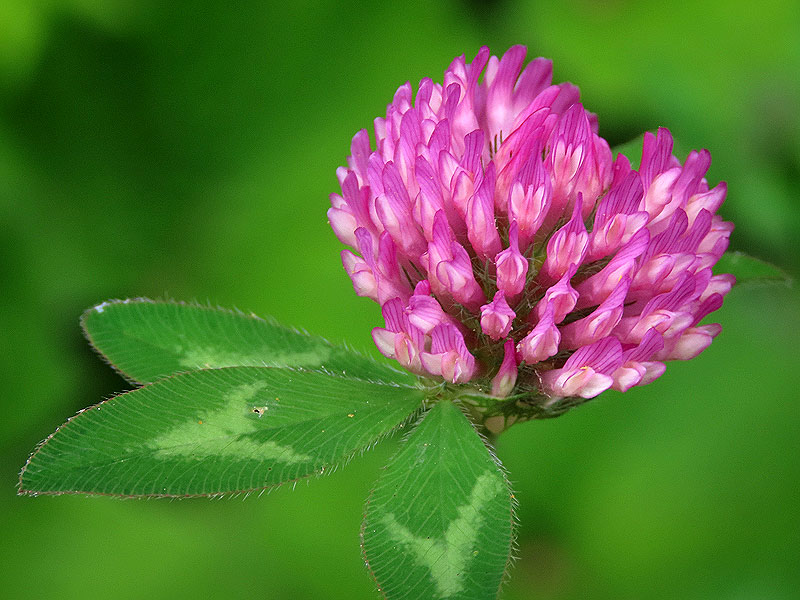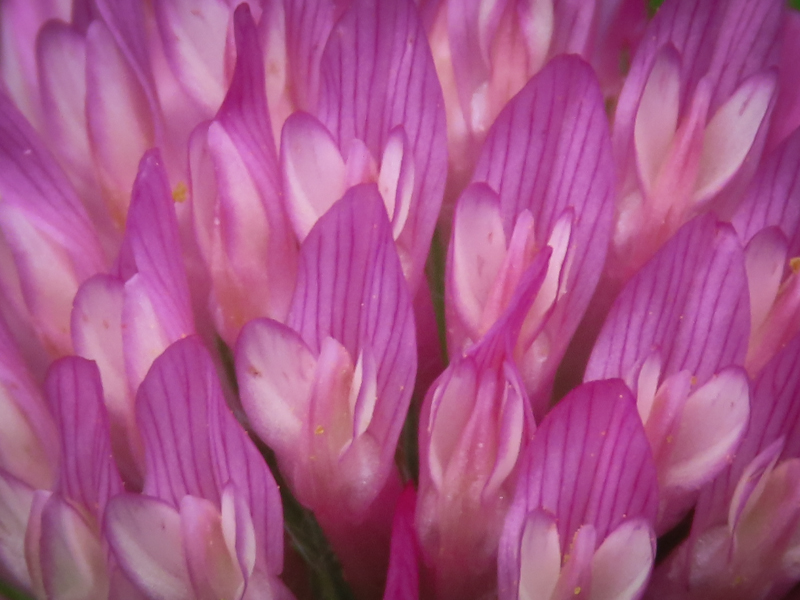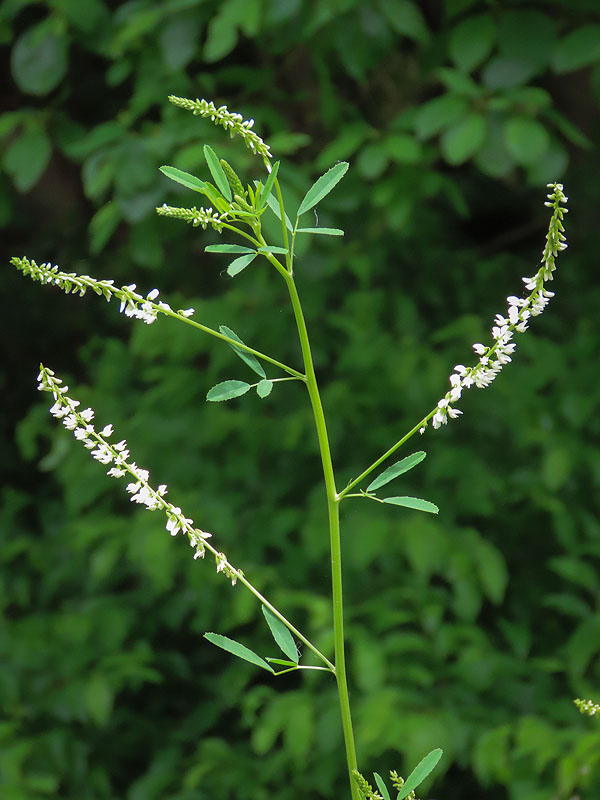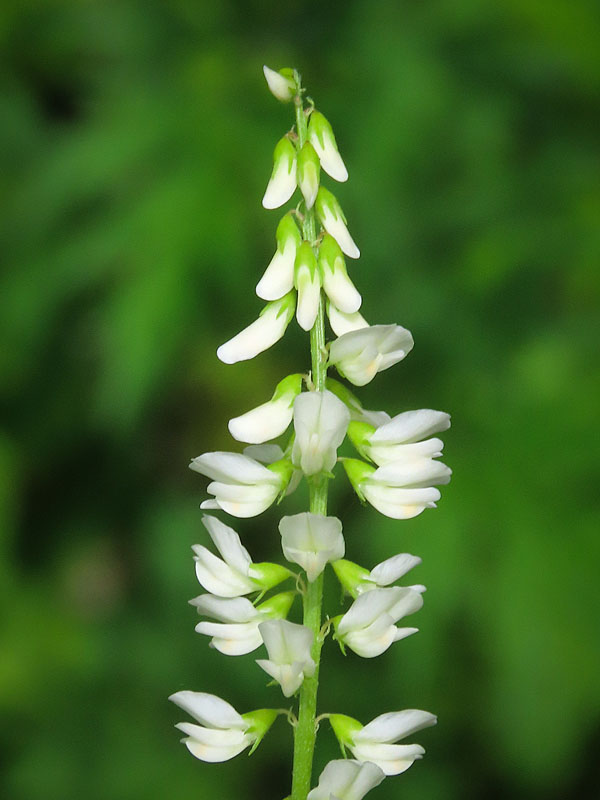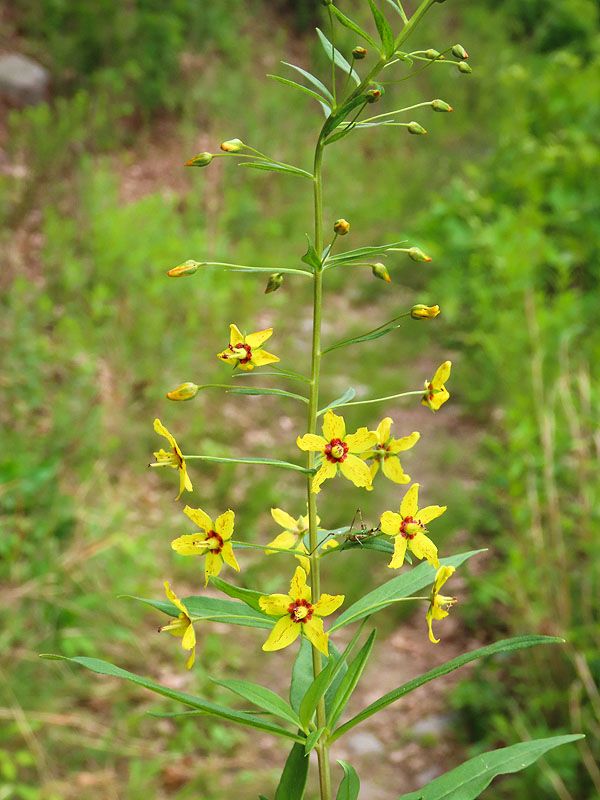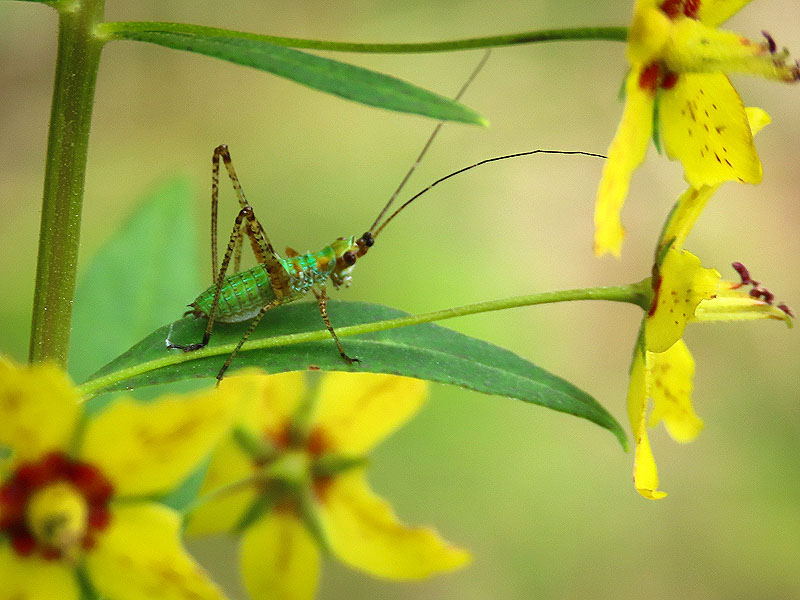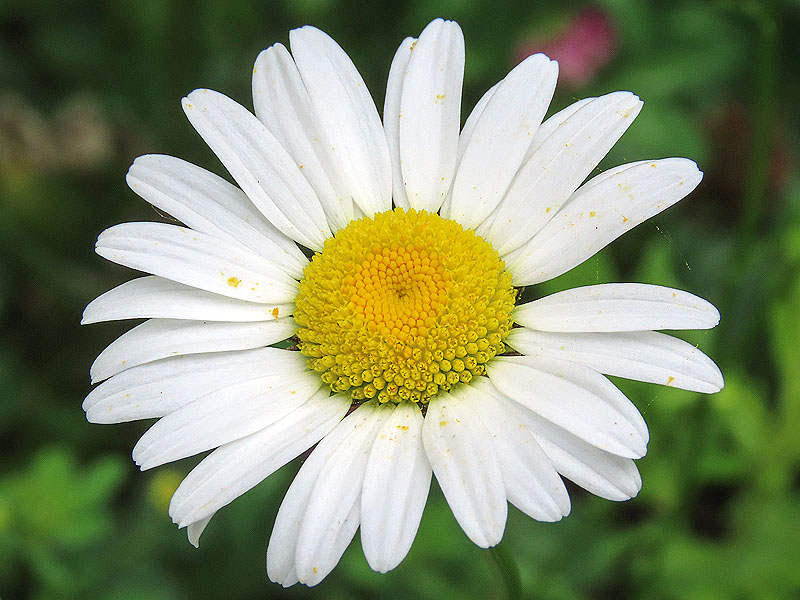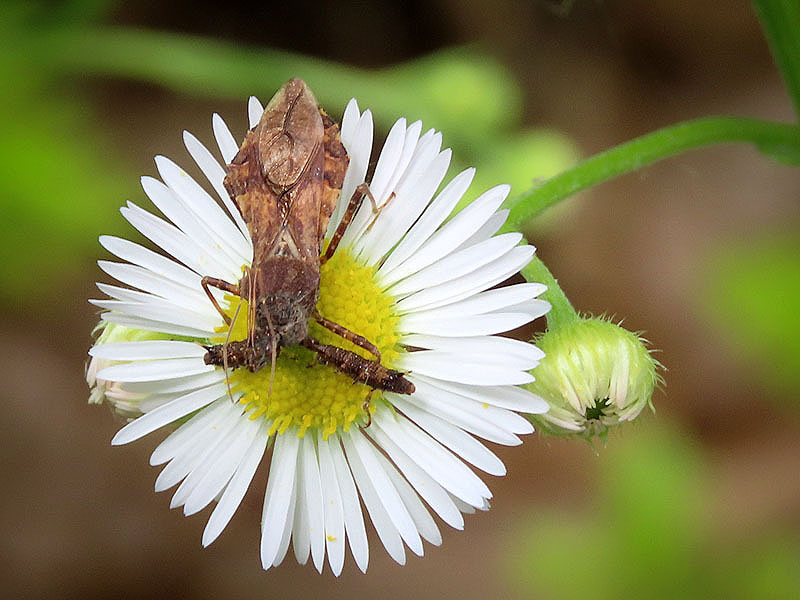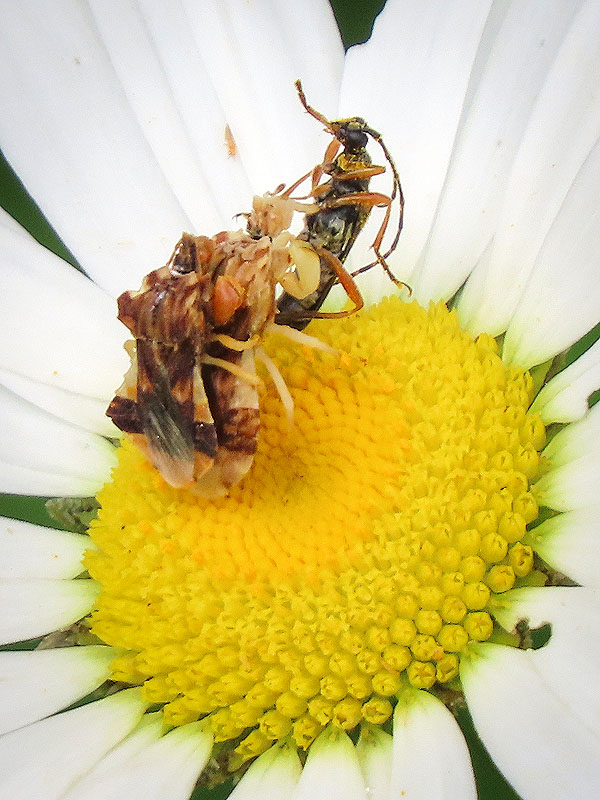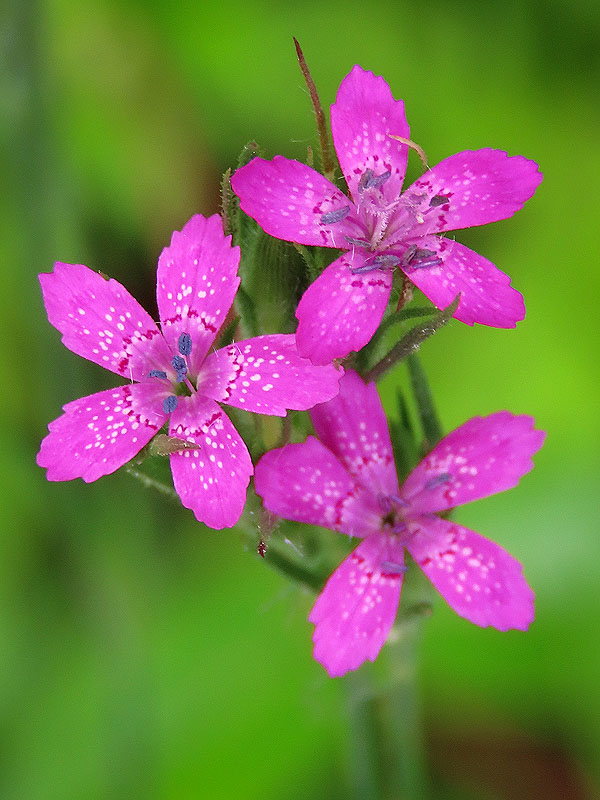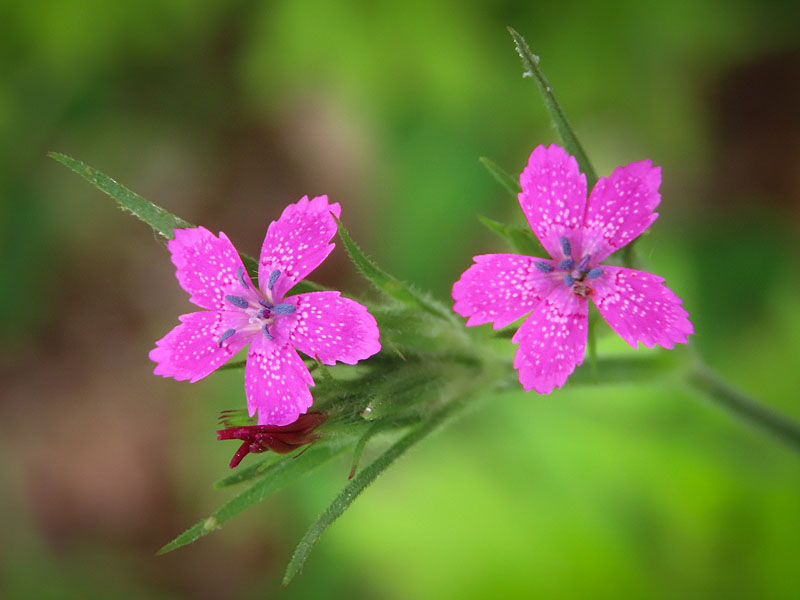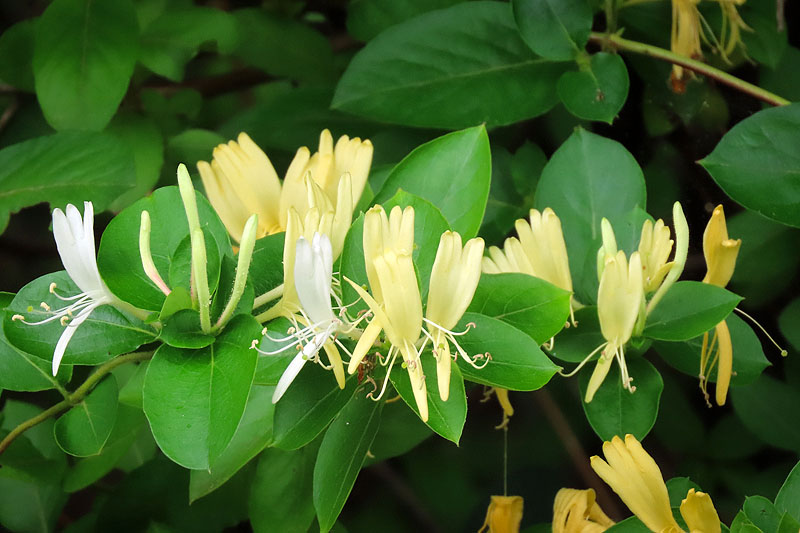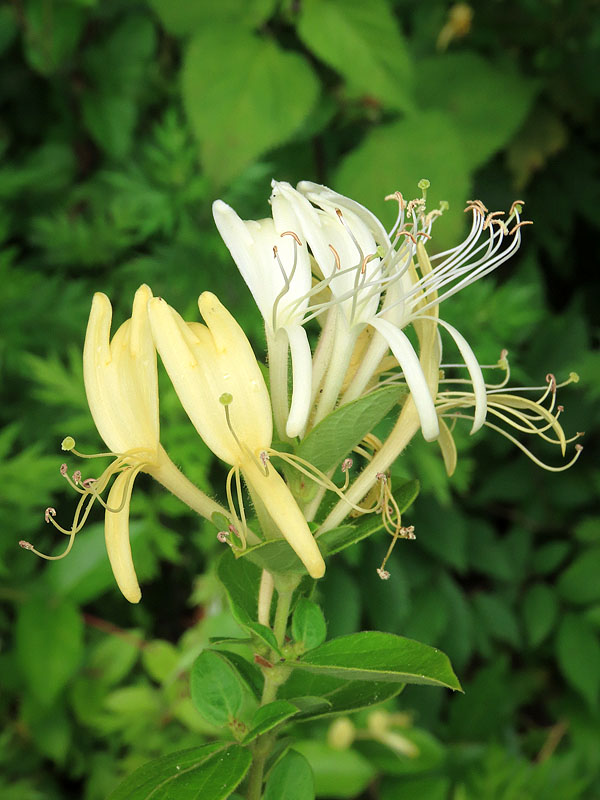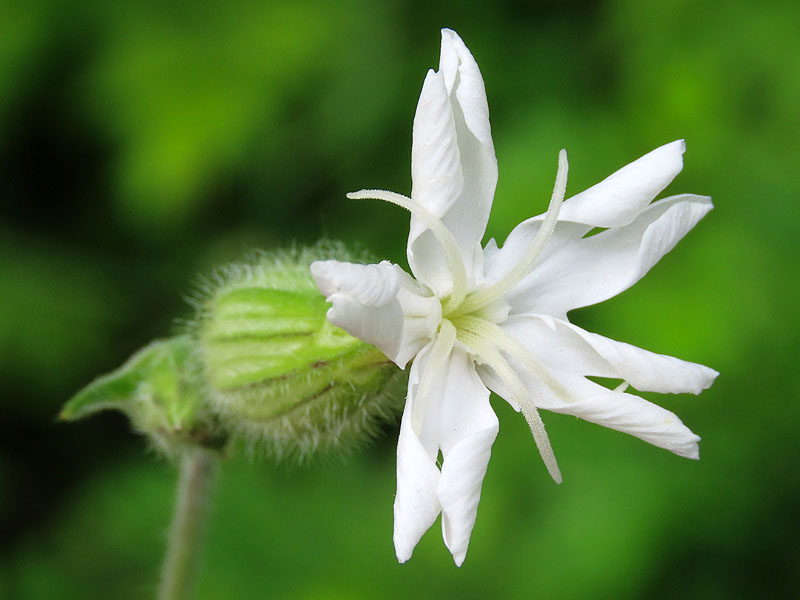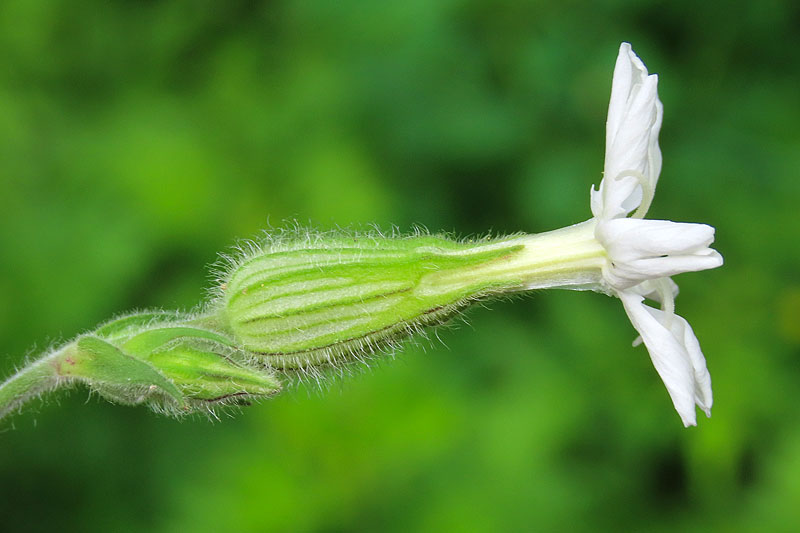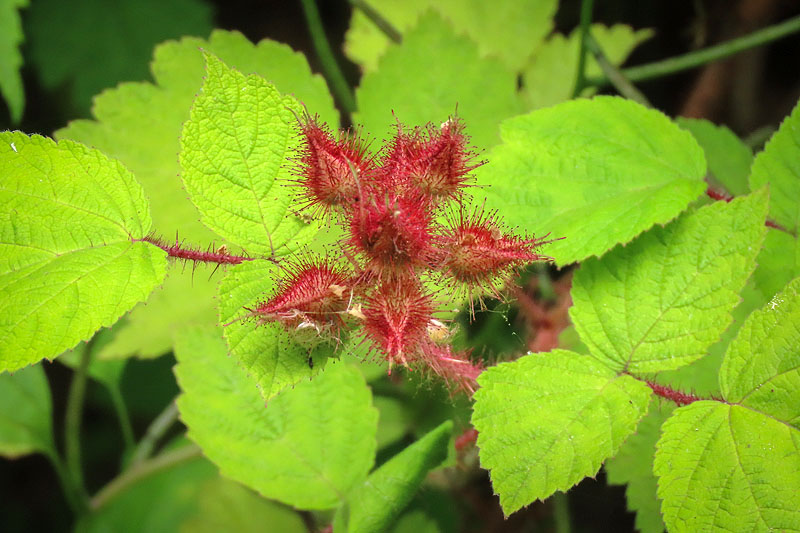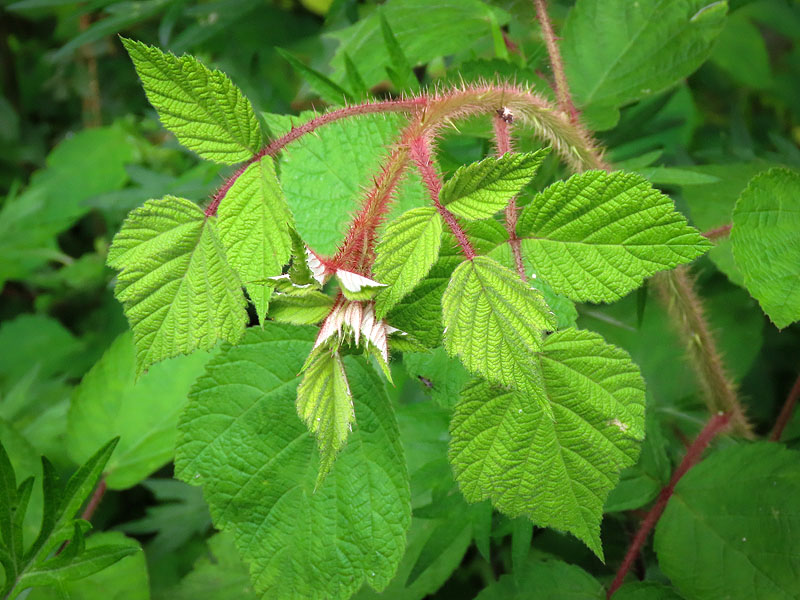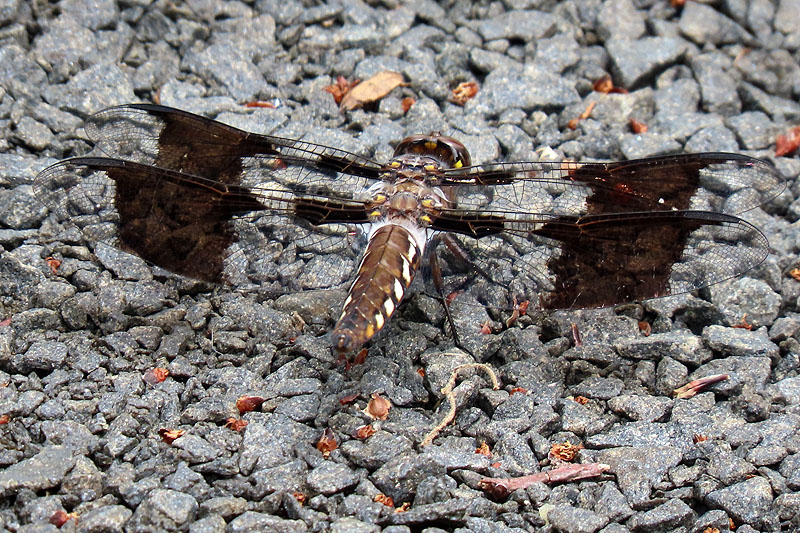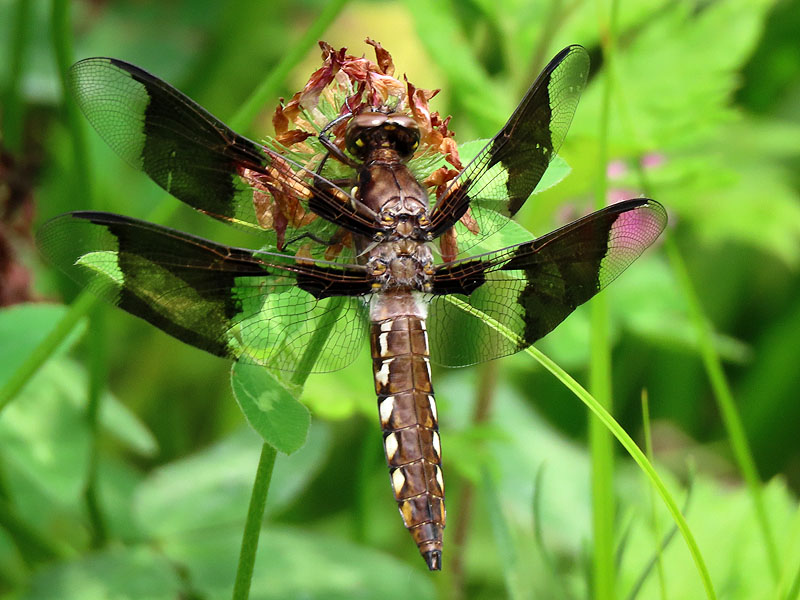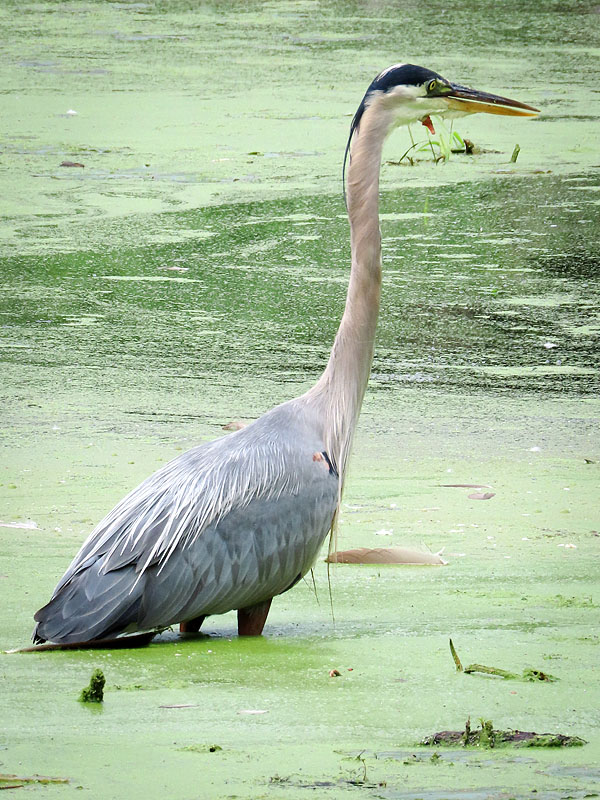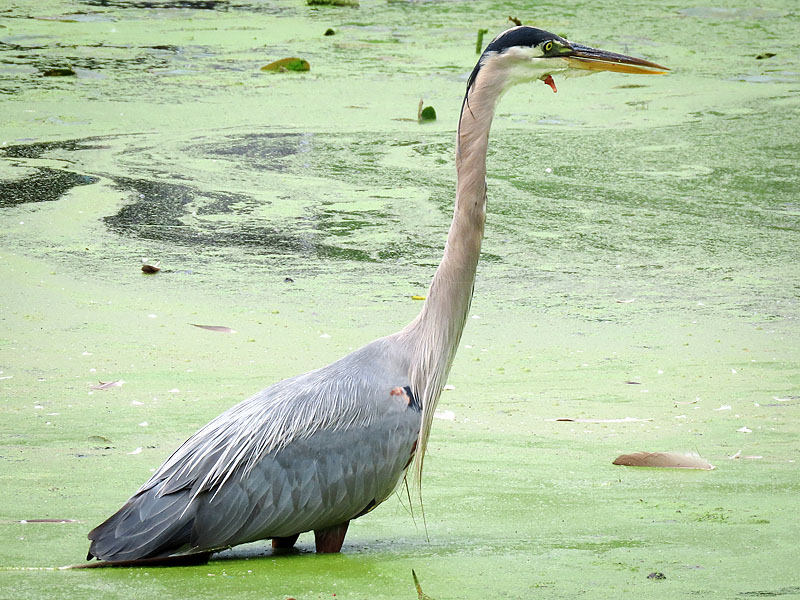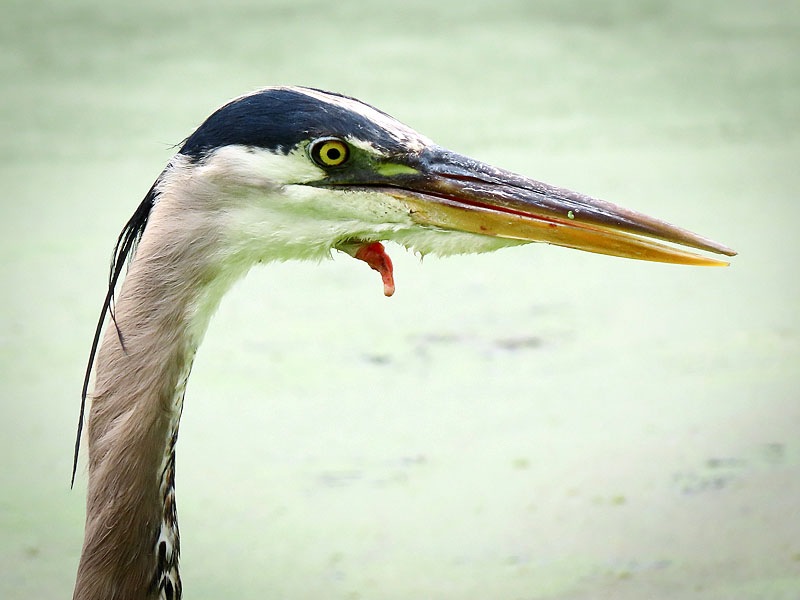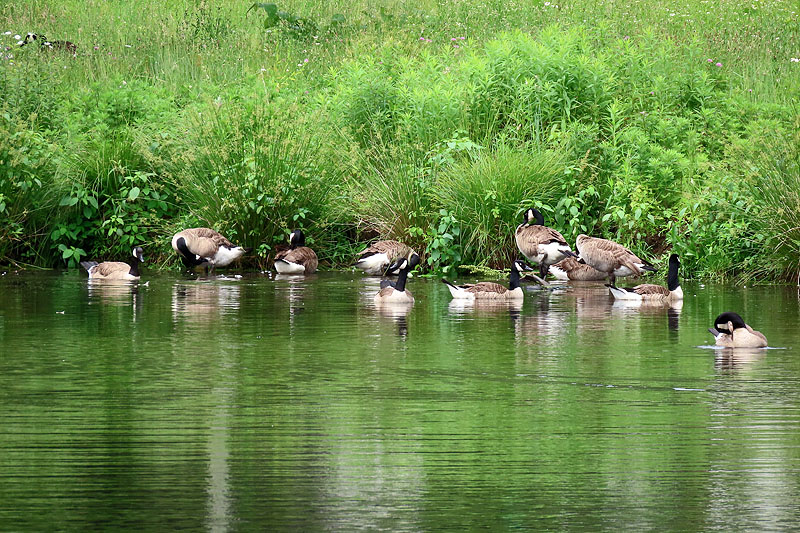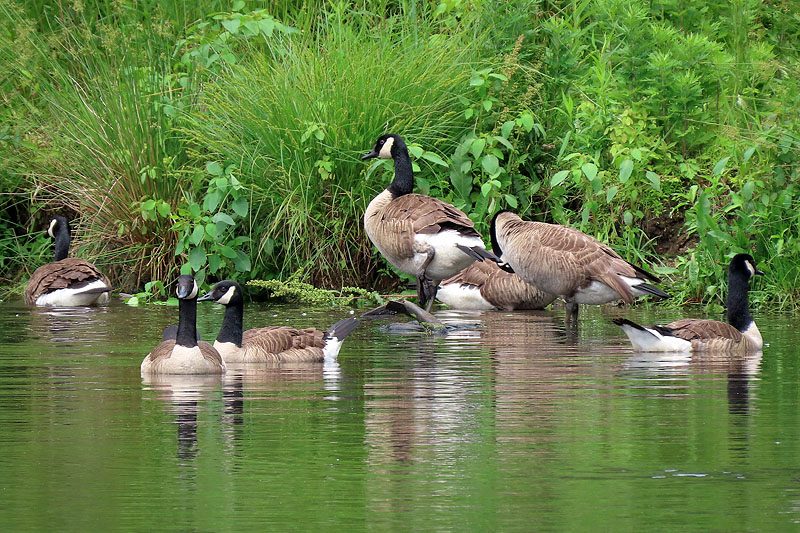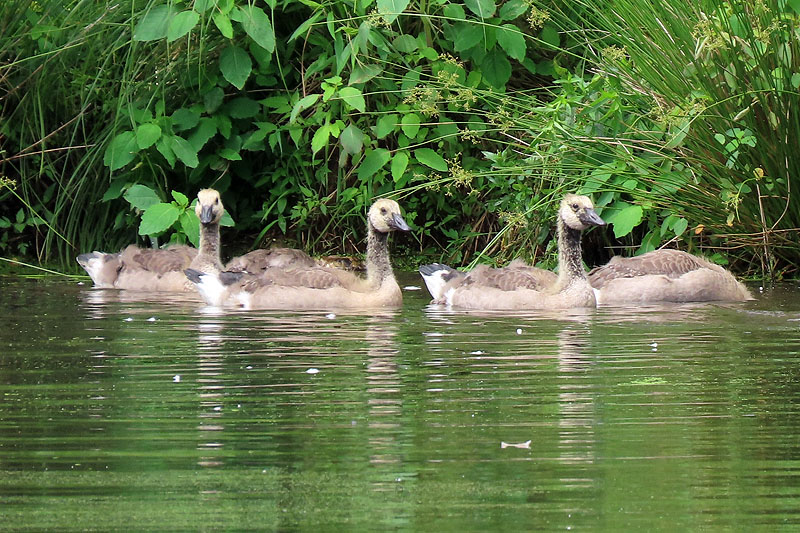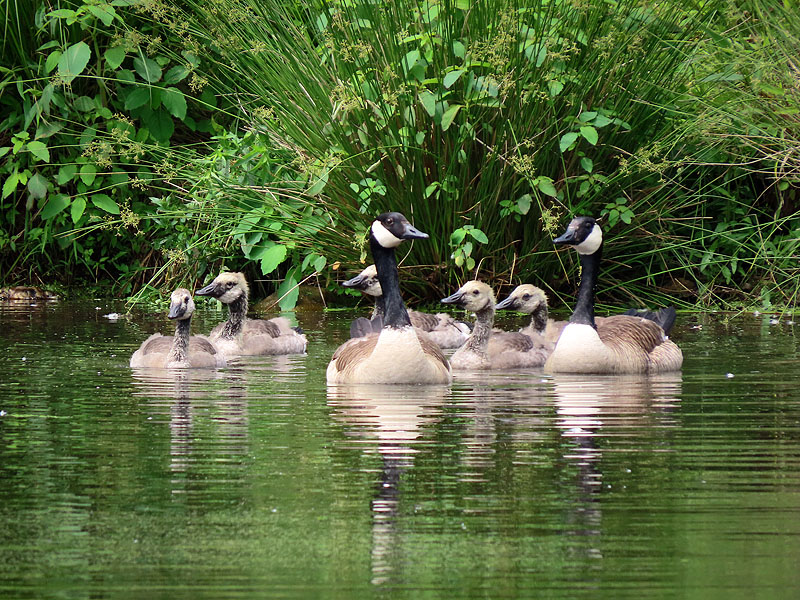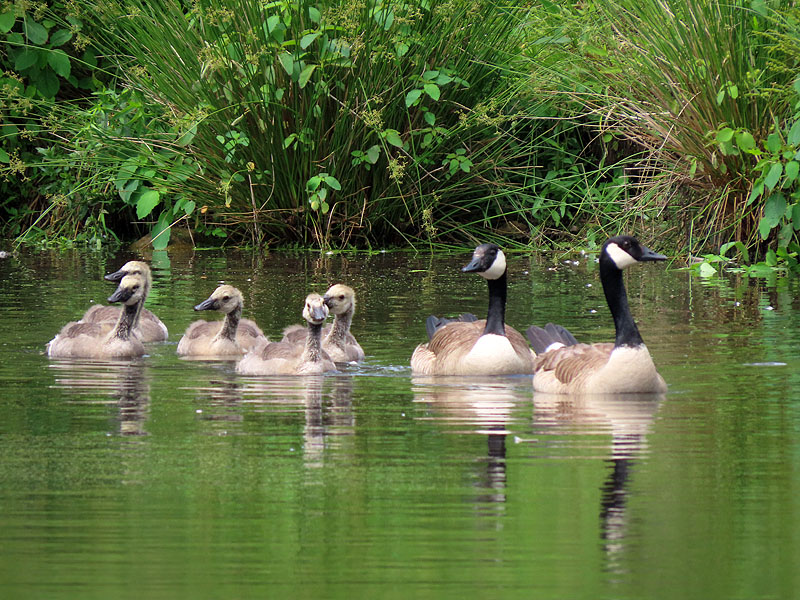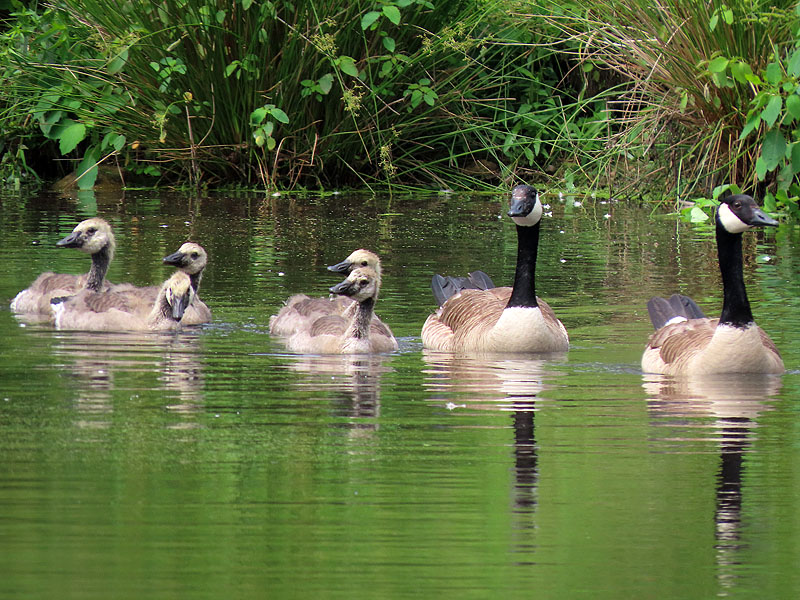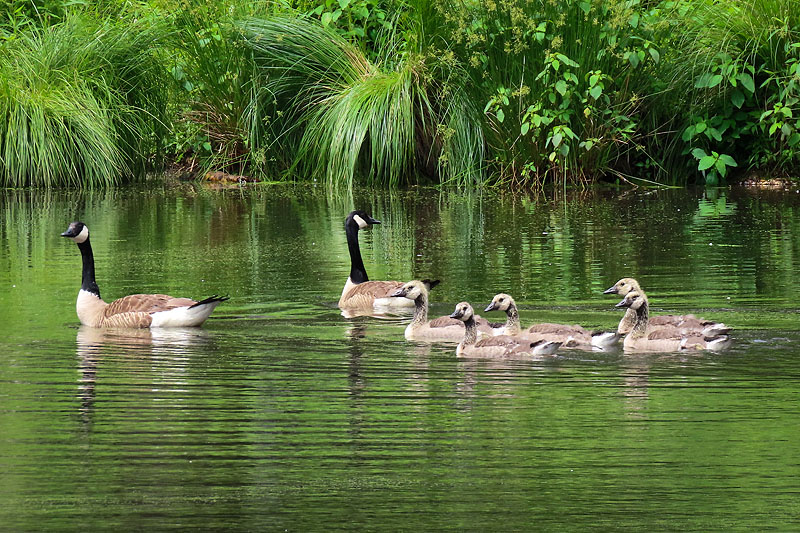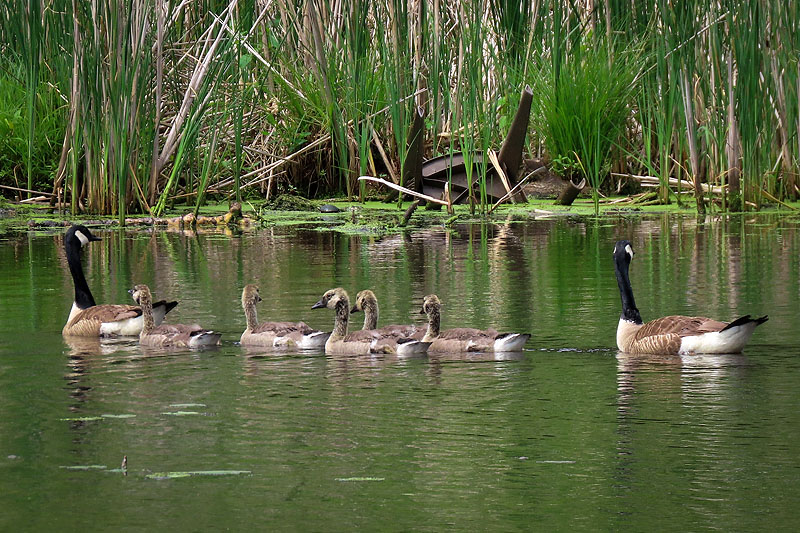Along the Air Line... 2025 - Spring, Part 22 The Air Line Trail in Eastern Connecticut - Stan Malcolm Photos |
HOME: Air Line... 2025 Pages Menu Stan's FlickR Albums |
June 16th. Rough-fruited Cinquefoil (Potentilla recta). |
|
|
A female Northern Blowfly or Blue-bottle Fly (Protophormia terraenovae). |
Family Calliphoridae. |
Birdfoot Trefoil (Lotus coniculatus). |
|
|
|
|
Crown Vetch (Securigera varia). |
|
Red Clover (Trifolium praetense). |
Each element is a complete flower. |
|
White Sweet Clover (Melilotus alba). |
|
Whorled Loosestrife (Lysimachia quadrifolia). See the insect by one of the flowers? |
It looks like a Bush Katydid nymph (Scudderia sp.). |
|
Ox-eye Daisy (Leucanthemum vulgare). |
Spined Assassin Bug (Sinea diadema).hunting insects on Daisy Fleabane (Erigeron annuus). |
A mated pair of Jagged Ambush Bugs (Phymata pennsylvanica). The female has captured a Long-horned Beetle (Family Cerambycidae). |
A closer view. |
Deptford Pink (Dianthus armeria). |
|
Japanese Honeysuckle (Lonicera japonica). |
White flowers turn yellow as they age. |
|
White Campion (Silene latifolia) female flower. |
|
Japanese Wineberry (Rubus phoenicolasius), an escaped and invasive ornamental. See: https://en.wikipedia.org/wiki/Rubus_phoenicolasius. After blooming, a sticky haired calyx surrounds each developing Raspberry-like edible fruit. |
Note the fine spines on the stems. Thanks to Tee Stol for correcting my earlier ID. |
An immature male Common Whitetail (Plathemis lydia) dragonfly. In time, the abdoment will turn pruinose white. |
|
|
At Cranberry Bog, the resident Great Blue Heron (Ardea herodius)... |
|
...with the damaged tongue protruding from its throat. |
Lots of adult or near adult Canada Geese (Branta canadensis). |
Many have moulted their feathers, leaving nearly bare areas. |
New wing feathers coming in on this bird. |
Five goslings with one family. (Presumably the from the second, slightly later nest.) |
|
|
|
|
|
|
|
